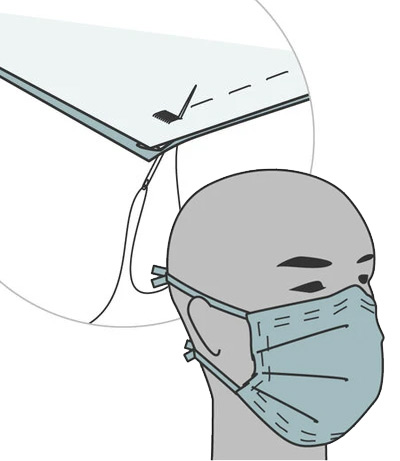Education News from the Museum and Memorial | View in browser
UNDERSTANDING THE GREAT WAR
Pandemics, Past & Present
Amid the devastation of war, 1918 introduced an invisible enemy that further ravaged communities worldwide and proved to be more lethal than any modern weapon. In two years and three waves, the influenza pandemic killed over 50 million people. Lessons from this past can inform us on how to best act during the current public health crisis and teach us how to prevent future outbreaks.

The Influenza Epidemic
How WWI Changed America
With early reports of U.S. cases appearing in military training camps, the influenza pandemic rooted itself with the American army and was worsened by the global movements of World War I. Give your students a crash-course on the connections between the pandemic and the war with this five-minute video and set of discussion questions from the teaching and learning resource series, "How WWI Changed America.” | Recommended Grade Levels: 6‑8, 9‑12, Adult Learners; Format: Curriculum, Video
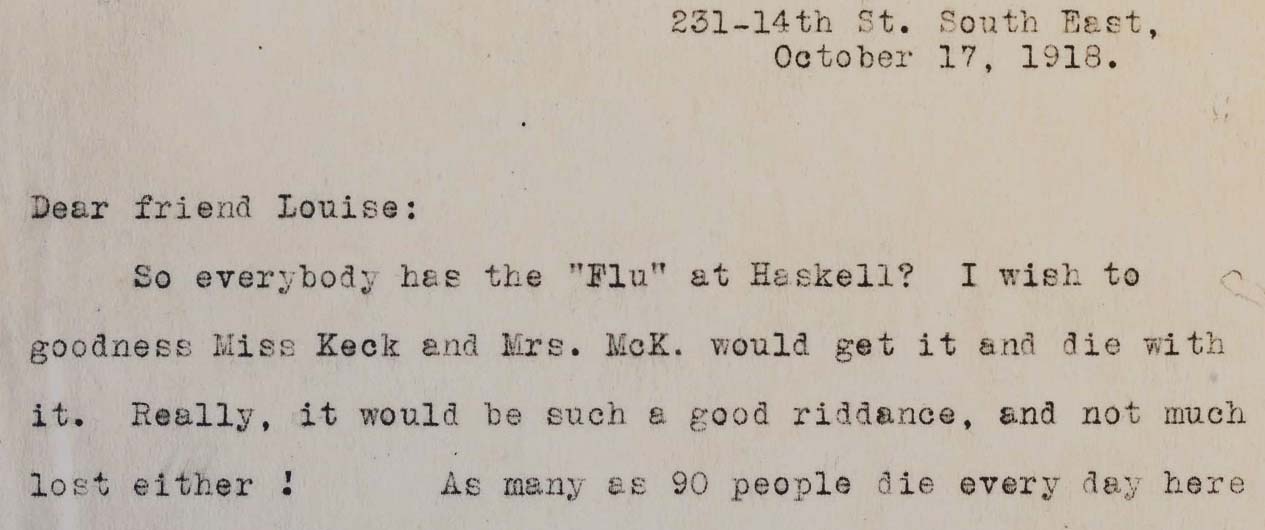
Trash or Treasure
Journaling to Record History
Made By Us is asking students to document their lives—whether on paper, online, video or audio—during the COVID-19 pandemic: what is saved defines what we remember. With a printable activity called “Hoarder or Historian,” have students play archivist to their own lives! Diaries and letters, like this one from the National Archives, can be inspiration and foster historical empathy while giving a glimpse into life during the 1918 influenza pandemic. | Recommended Grade Levels: 6‑8, 9‑12, Adult Learners; Format: Primary Source, Curriculum
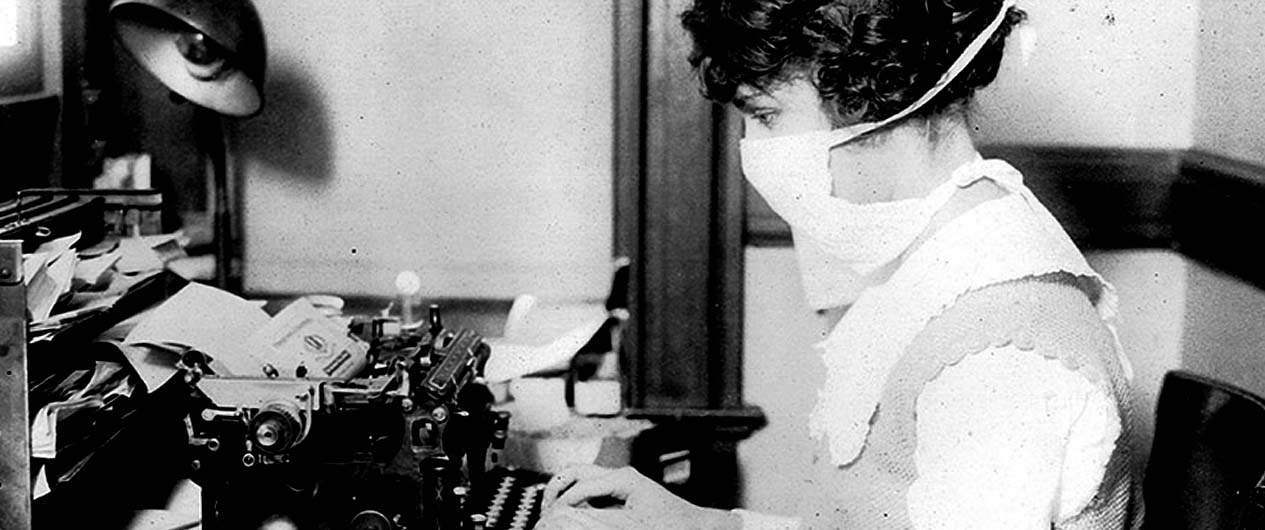
Influenza Encyclopedia
The American Influenza Epidemic of 1918-1919
An efficient, one-stop-shop to begin your search for primary resources, this joint project by the University of Michigan Center for the History of Medicine, University of Michigan Library and Michigan Publishing includes an extensive index of digitized photos, postcards, letters and newspaper articles from all 50 states in the U.S., along with essays. | Recommended Grade Levels: 9‑12, Adult Learners; Format: Articles, Primary Source
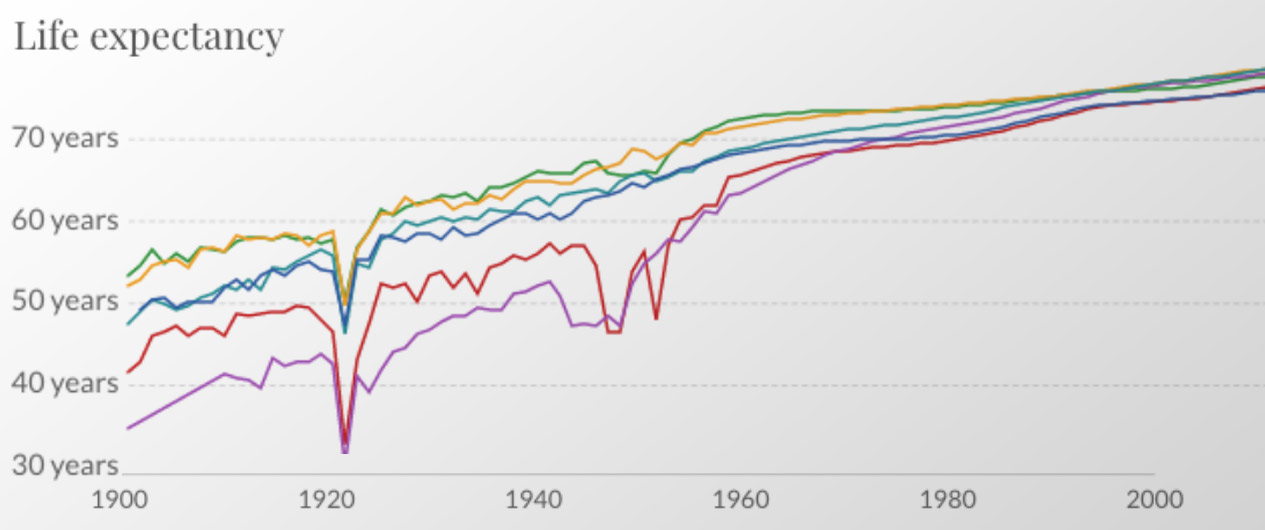
COVID-19 Module
World History Digital Education
Explore the historic, economic and present civic implications of COVID-19 with these free three-day modules by the National Council for Social Studies (NCSS) and the World History Digital Education Foundation. Available as downloads or online, these materials bridge past and present, comparing the past Influenza pandemic with today's crisis, whether teaching in-person or online. | Recommended Grade Levels: 9‑12, Adult Learners; Curriculum
“How some cities ‘flattened the curve’ during the 1918 flu pandemic”
National Geographic
Without a cure for influenza, local governments raced to contain the spread of disease and death in the only way they could: by limiting in-person contact between their citizens. The idea of “flattening the curve,” drawn from experiences in 1918, strives to limit infections over a longer period of time to prevent exceeding hospital capacities. Explore this article by National Geographic that studies the extremes to which 36 cities across the United States implemented social distancing measures in 1918 and how they affected the rate of contamination. | Recommended Grade Levels: 9‑12, Adult Learners; Format: Article
The Labor Force and Unemployment Lesson
Federal Reserve Bank of Atlanta
Health and wealth are inextricably linked—one cannot thrive without the other. When weighing potential solutions to crises, governments must also consider the effect on local, national and global economies. How can people get well if they lose their health insurance from getting laid off? Read this article on financial lessons from 1918 by the World Economic Forum and then complete the following lesson plan on unemployment by the Federal Reserve Bank of Atlanta. | Recommended Grade Levels: 11-12; Format: Curriculum
Civic Engagement
Making Face Masks
There are many ways to be involved in the health
of your community. Following guidelines
set by the Centers for Disease Control, donating blood, providing for the needs of those on the
frontlines of crisis and giving money to
foodbanks are all ways to assist.
In 2020, the CDC recommended use of personal fabric face masks for the community and advocated medical-grade masks be saved for hospital personnel. Use this tutorial from The New York Times (also available as a downloadable PDF) to learn how to make masks for you and your community.

Forgetting Catastrophe
Influenza and the War in 1919
When the disease had finally receded, 675,000 Americans had died, more than 10 times the number lost in World War I, yet the pandemic became little more than a footnote in public accounts of the era. Learn how such a significant historical event disappeared from American memory with this lecture on YouTube with Dr. Nancy K. Bristow. Go further in-depth with her recent interview on NPR’s Hidden Brain postcast and her article, “Pandemic Then and Now.” | Recommended Grade Levels: 9‑12, Adult Learners; Format: Video
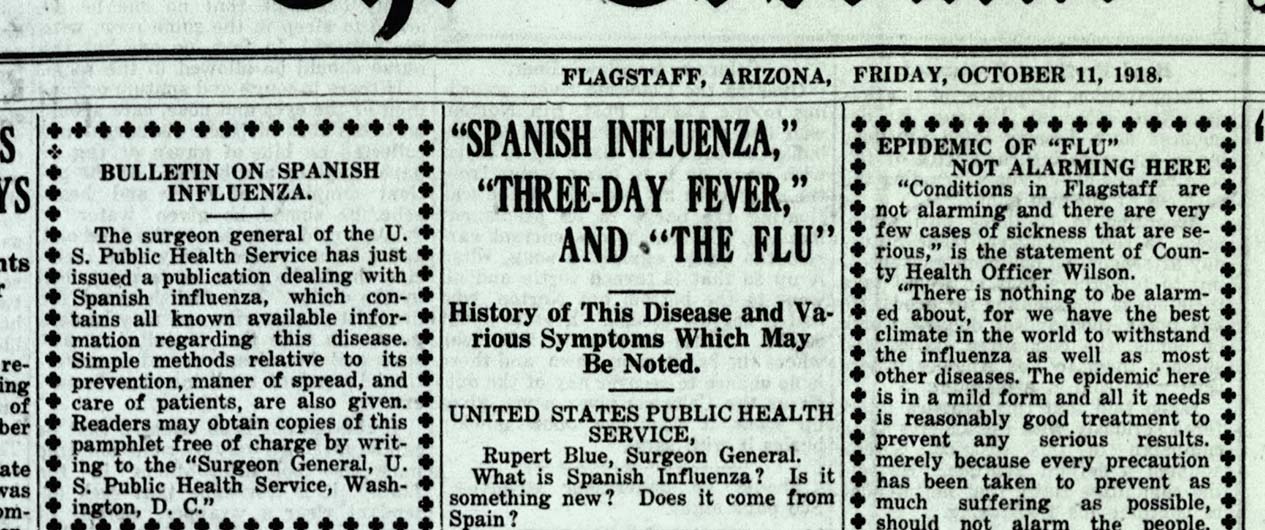
Influenza Epidemic of 1918
Topics in Chronicling America
Newspapers, from the sports to the politics sections, offer broader insight into community experience and allow us to consider the connections between different events within a certain time period.
Deepen your research of the 1918-19 pandemic’s impact on society with the Library of Congress’ historic newspaper database, Topics in Chronicling America. | Recommended Grade Levels: 9‑12, Adult Learners; Format: Primary Source
“Flu Symptoms and Diagnosis”
Teaching about Influenza: STEAM
Innovations in medicine and technology continue to help scientists and doctors treat infectious diseases and control their spread. Delve further into the intricacies of diagnosing, tracking and curing Influenza with this series of online video lessons from Stanford School of Medicine and presented by Khan Academy. | Recommended Grade Levels: 9‑12, Adult Learners; Format: Curriculum, Video
Limits of Modern Science
Lecture by Dr. Powel H. Kazanjian
While advances in medicine have prevented another global Influenza outbreak on the scale of a century ago, vulnerabilities to new viruses still remain. Watch this prescient video from Dr. Powel H. Kazanjian’s 2018 lecture and using the accompanying discussion questions, ask your students to draw parallels between today’s crisis and that of 100 years ago. | Recommended Grade Levels: 9-12, Adult Learners; Format: Video, Curriculum
The United States World War One Centennial Commission and the National WWI Museum and Memorial are dedicated to educating the public about the causes, events and consequences of World War I and we encourage the use of these resources to better understand the Great War and its enduring impact on the global community.
Partners from around the world participate in the Educator Resource Database, some of whom are highlighted in this newsletter.
NATIONAL WWI MUSEUM AND MEMORIAL
2 Memorial Drive, Kansas City, MO 64108 USA | 816.888.8100 | education@theworldwar.org
©2020 NATIONAL WWI MUSEUM AND MEMORIAL


